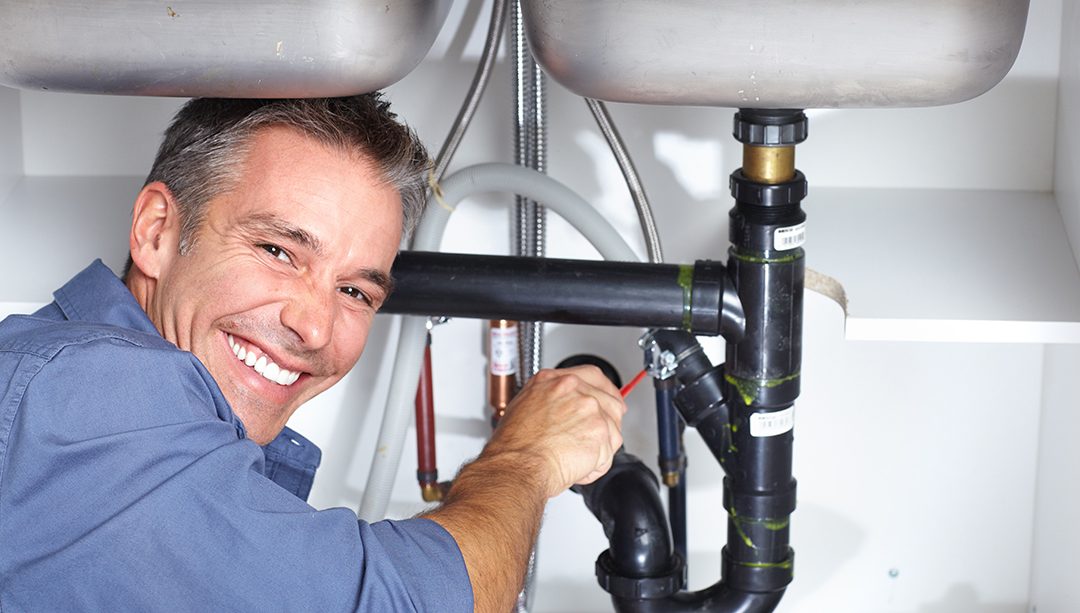What are your opinions concerning Common Plumbing Challenges In Old Buildings?

Older homes frequently feature appeal, character, and history, yet they can also bring a host of pipes concerns. Whether you're handling aging pipelines, low water pressure, or leakages, understanding just how to resolve these common issues is crucial to keeping a secure and useful home. In this overview, we'll discover the typical pipes challenges encountered by older homes and supply useful options to keep your plumbing in top form.
Comprehending Common Plumbing Issues
Aging Pipes
Among one of the most typical concerns in older homes is maturing pipes. Depending upon the period in which your home was built, the pipes may be made from products that have actually degraded over time, such as galvanized steel, cast iron, and even lead. These products can rust, come to be brittle, or develop leaks, bring about water damages and potential health hazards.
Water High Quality Screening
Older pipelines can affect the high quality of your water. Conduct a water quality examination to check for contaminants such as lead, corrosion, or various other pollutants that might be introduced by aging pipelines.
Solutions for Typical Pipes Concerns
Replacing Aging Pipes
If your home has old, deteriorating pipes, consider changing them with contemporary products like copper or PEX. This can be a significant financial investment, but it will prevent future issues and improve the safety and dependability of your pipes system.
Dealing With Low Water Pressure
To fix low water stress, beginning by cleansing or replacing old fixtures and eliminating mineral accumulation in the pipes. If the issue persists, it may be required to replace sections of corroded pipes.
Repairing and Replacing Leaking Pipes
For small leakages, you can make use of pipe clamps or epoxy putty as a temporary fix. However, it's finest to change dripping pipelines entirely to avoid additional damage.
Updating Components
Updating old components to modern, water-efficient designs can boost your home's pipes performance and minimize water intake. Look for components with the WaterSense label for the very best effectiveness.
Dealing with Pipeline Corrosion
If your pipelines are corroded, replacing them with corrosion-resistant materials like copper, PVC, or PEX is the very best service. Regular inspections and water quality maintenance can aid stop additionally rust.
Low Water Pressure
If you're experiencing low water pressure, it could be because of mineral deposits, deterioration inside the pipelines, or old components that are no longer working efficiently. This can be a major trouble, particularly in locations like showers and sinks.
Dripping Pipelines
Leakages are an additional regular concern in older homes, frequently triggered by corroded or damaged pipelines. Even small leaks can cause considerable water damages, mold growth, and raised water costs if not attended to quickly.
Outdated Components
Outdated pipes fixtures such as faucets, toilets, and showerheads not only look old but may also be less reliable, prone to leakages, or inappropriate with contemporary pipes standards.
Pipe Rust
Corrosion is an usual issue in older pipes, specifically those made from galvanized steel or cast iron. Corroded pipelines can restrict water flow, create discoloration, and at some point result in leakages or pipe ruptureds.
Evaluating the Problem of Your Pipes
Examining Noticeable Pipes
Beginning by evaluating any kind of visible pipelines in your home, such as those in basements, crawl spaces, or under sinks. Try to find signs of rust, leakages, or rust, which can suggest underlying issues.
Looking for Leaks
Look for leaks by examining locations around faucets, bathrooms, and under sinks. You can additionally monitor your water meter prior to and after a period of no water make use of to spot concealed leaks.
When to Call an Expert
While some pipes issues can be managed with do it yourself services, there are times when it's ideal to hire a specialist. If you're handling significant leaks, substantial corrosion, or are not sure concerning the condition of your pipelines, a qualified plumbing can offer skilled analysis and repair.
Preventive Maintenance Tips
Routine Assessments
Regularly evaluate your plumbing system for signs of deterioration. Capturing concerns early can stop costly repair services down the line.
Water Pressure Guideline
Ensure your water stress is within the advised variety to stay clear of worrying your pipes and fixtures. A plumber can install a pressure regulatory authority if required.
Water Top Quality Maintenance
Install water filters or softeners if your water quality is poor. This can safeguard your pipes and fixtures from damage triggered by difficult water or contaminants.
Proactive Pipe Replacement
If your home has very old pipes, think about positive replacement prior to major problems develop. This can conserve you from emergency repair work and water damage.
Verdict
Handling plumbing issues in older homes requires a mix of caution, precautionary upkeep, and timely upgrades. By understanding the common challenges and recognizing when to look for expert help, you can ensure your plumbing system continues to be useful and trusted for years ahead.
Common Plumbing Issues in Older Homes and How to Fix Them
Owning an older home in Australia comes with its unique charm and a set of challenges, especially when it comes to plumbing. The Sunshine Coast has many older properties that can harbour plumbing problems that aren t just inconvenient but potentially costly. Here s a look at some common plumbing issues in older homes and expert advice on how to handle them.
Outdated Piping Materials
Many older homes were built with galvanised steel, cast iron, or even lead pipes, materials that are far from ideal by today s standards. Galvanised pipes are prone to corrosion and clogging, while lead pipes pose serious health risks.
How to Fix:
Replacing old pipes is a job for a professional. Upgrading to copper or PVC piping not only enhances water quality and flow but also increases the property s safety and value. If you suspect your home has outdated materials, a licensed plumber can conduct a thorough inspection and recommend the best course of action.
Corrosion and Pipe Degradation
Over time, exposure to water and minerals can cause pipes to corrode, leading to leaks, bursts, and water contamination. Corrosion is especially common in homes over 50 years old.
How to Fix:
Regular inspections can catch early signs of corrosion. If corrosion is found, the affected section of piping often needs to be replaced. For homes with extensive corrosion, a complete plumbing overhaul might be necessary. It s crucial to consult with a plumbing expert to understand the extent of the issue.
Tree Root Intrusion
Older neighbourhoods usually have mature trees whose roots can intrude into pipe lines, causing blockages or damage. This is particularly problematic for sewer lines, where roots seek out water sources.
How to Fix:
A plumber can use a specialised camera to inspect sewer lines for root intrusion. If roots are a problem, methods like root cutting or hydro-jetting can clear the obstruction. In severe cases, part of the pipe may need replacing. Consider root barriers around the piping to prevent future issues.
Inadequate Water Pressure
Low water pressure in older homes can be due to various factors, including corroded water lines, sediment build-up in pipes, or outdated fixtures.
How to Fix:
First, check if the low pressure is isolated to one area or throughout the house. Replacing old fixtures can sometimes resolve the issue. However, if the problem is more widespread, it might be due to sediment or corrosion. Flushing the system or replacing the affected pipes usually restores normal pressure. Again, a professional assessment is advisable.
Outdated Fixtures
Older homes often feature fixtures that are not only visually dated but functionally inefficient. This includes everything from toilets and taps to showerheads and washing machine hoses.
How to Fix:
Updating these fixtures can improve both water efficiency and the aesthetic appeal of your home. Modern fixtures are designed to conserve water, which can significantly reduce your water bill and lessen your environmental impact.
Conclusion
Maintaining the plumbing in an older home requires a proactive approach. Regular checks and updates are key to preserving these beautiful properties. If you re facing plumbing issues in your older home, it s best to call on experienced professionals like Green & Gold Plumbing & Gas. With the right expertise, even the most daunting plumbing problems can be resolved, ensuring that your home s character is maintained while its functionality is enhanced.
https://gandgplumbing.com.au/common-plumbing-issues-in-older-homes-and-how-to-fix-them/

I discovered that blog post about Common Plumbing Problems in Older Homes while doing a search on the web. Do you know another person who is fascinated about the subject? Be sure promote it. Thanks a bunch for your time. Kindly check up our blog back soon.
Book Your Installation
 Tony Danza Then & Now!
Tony Danza Then & Now! Joseph Mazzello Then & Now!
Joseph Mazzello Then & Now! Tatyana Ali Then & Now!
Tatyana Ali Then & Now! Michelle Trachtenberg Then & Now!
Michelle Trachtenberg Then & Now! Heather Locklear Then & Now!
Heather Locklear Then & Now!